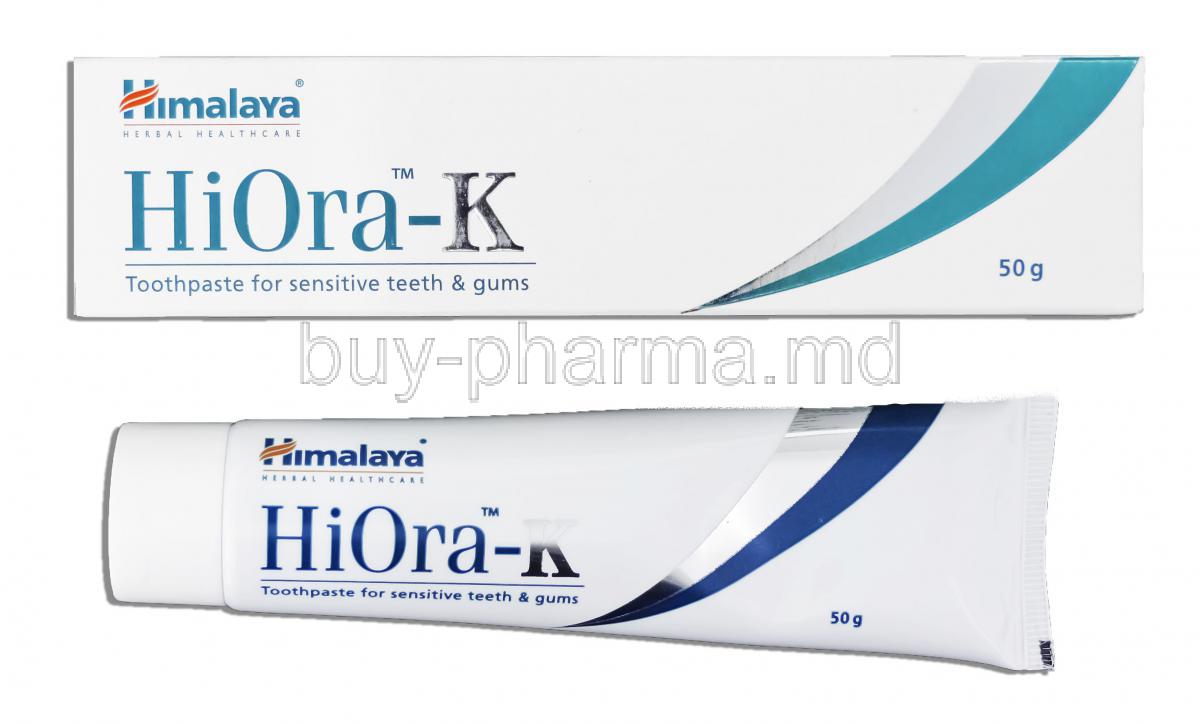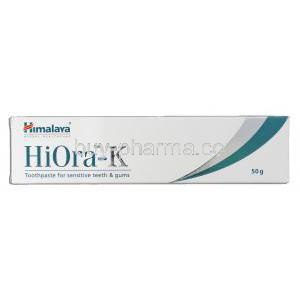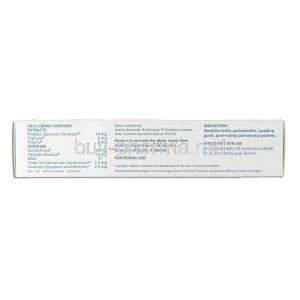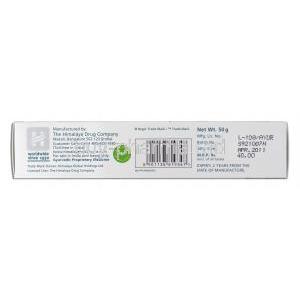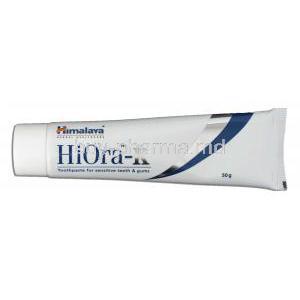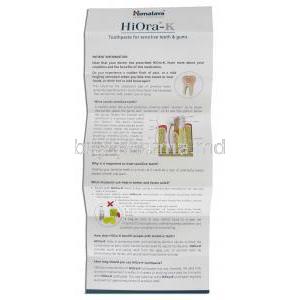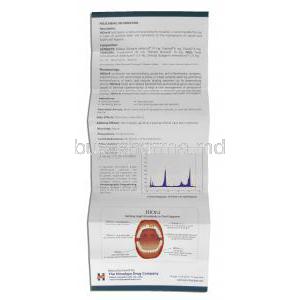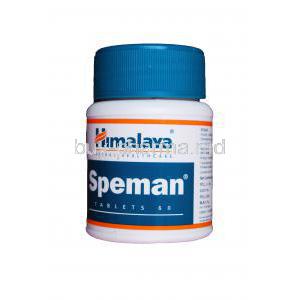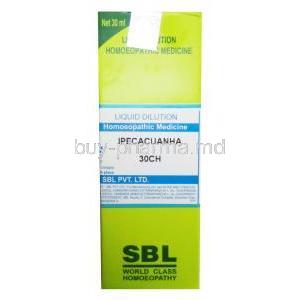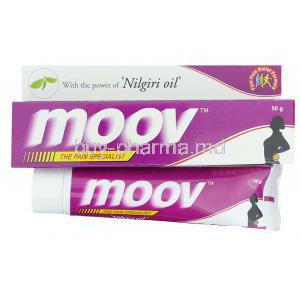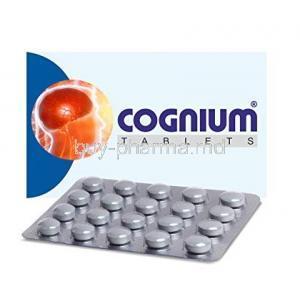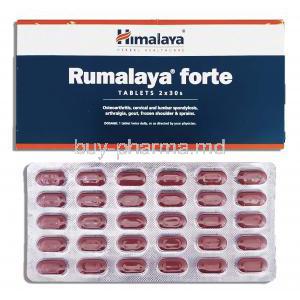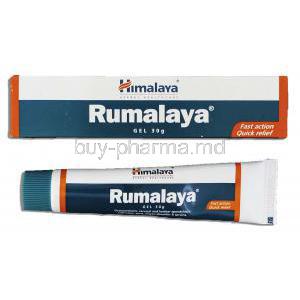Himalaya HiOra-K Toothpaste sensitive teeth & gums
- 1. Introduction to Himalaya HiOra-K Toothpaste
- 2. HiOra KÂ Toothpaste Uses
- 3. How Himalaya HiOra-K Toothpaste Works
- 4. HiOra KÂ Toothpaste Ingredients
- 5. Dosage and Administration Guidelines
- 6. Potential Side Effects of HiOra-K Toothpaste
- 7. Special Populations and Careful Administration
- 8. Contraindications and Warnings
- 9. Drug and Product Interactions
- 10. Important Precautions for Safe Use
- 11. Overdose and Accidental Ingestion Management
- 12. Storage and Shelf Life Information
- 13. Handling and Packaging Precautions
1. Introduction to Himalaya HiOra-K Toothpaste
Himalaya HiOra-K Toothpaste is a specialized herbal dental care formulation crafted to address the discomfort associated with sensitive teeth and fragile gums. Developed using a blend of Ayurvedic ingredients and modern dental science, this toothpaste offers a natural alternative for managing oral hypersensitivity.
The product is particularly suited for individuals experiencing sharp pain from thermal, tactile, or osmotic stimuli, a hallmark of dentinal hypersensitivity. It also serves those with gum recession, inflammation, or occasional bleeding. Rooted in Ayurvedic principles, HiOra-K employs a time-tested combination of botanical extracts known for their healing and strengthening properties.
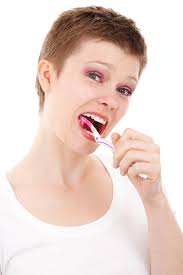
2. HiOra K Toothpaste Uses
2.1 Primary Indications: Tooth Sensitivity and Gum Health
- Provides effective relief from dental hypersensitivity by forming a protective barrier on exposed dentinal tubules.
- Enhances gingival strength and resilience, helping to reduce bleeding, soreness, and sensitivity associated with weak gums.
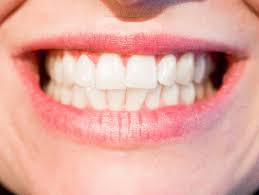
2.2 Additional Dental Health Benefits
- Helps reduce plaque formation and bacterial colonization through its antimicrobial herbal constituents.
- Improves breath freshness by neutralizing volatile sulfur compounds and oral pathogens.

2.3 Off-Label and Adjunctive Uses
- Utilized by dental professionals as an adjunct in managing chronic periodontal conditions.
- Recommended post-procedurally after scaling, bleaching, or polishing to mitigate sensitivity and discomfort.

3. How Himalaya HiOra-K Toothpaste Works
3.1 Mechanism of Action
HiOra-K operates by occluding the exposed dentinal tubules, effectively blocking external stimuli that trigger nerve endings within the tooth. Additionally, it exerts astringent and anti-inflammatory effects on the gingiva, reducing inflammation and promoting tissue tightening.
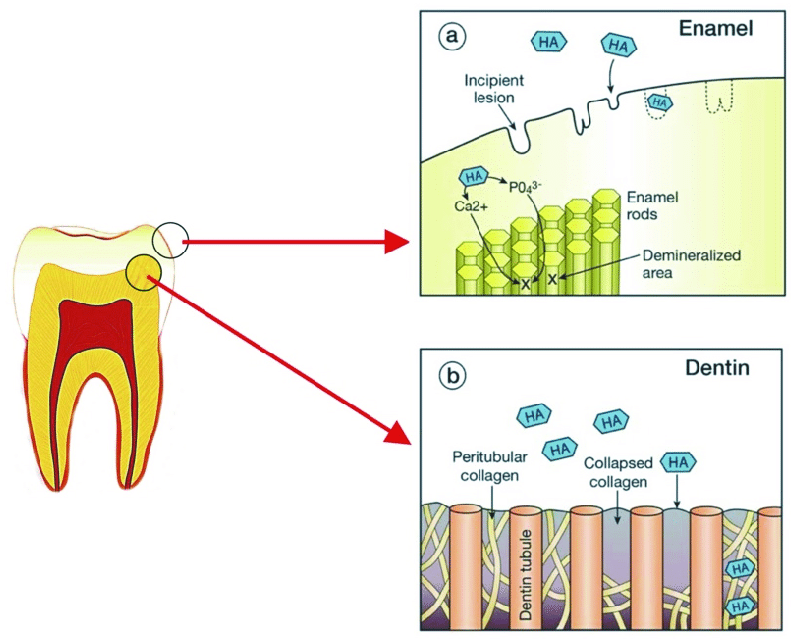
3.2 Role of Herbal Ingredients in Efficacy
The formulation relies on a synergistic interaction between ingredients like:
- Potassium nitrate: desensitizes nerve endings in the dentin.
- Clove oil (Syzygium aromaticum): acts as a natural analgesic and antiseptic.
- Triphala: a traditional herbal trio known for antioxidant and antimicrobial properties.
- Spinach extract: rich in oxalates that help in tubule occlusion.
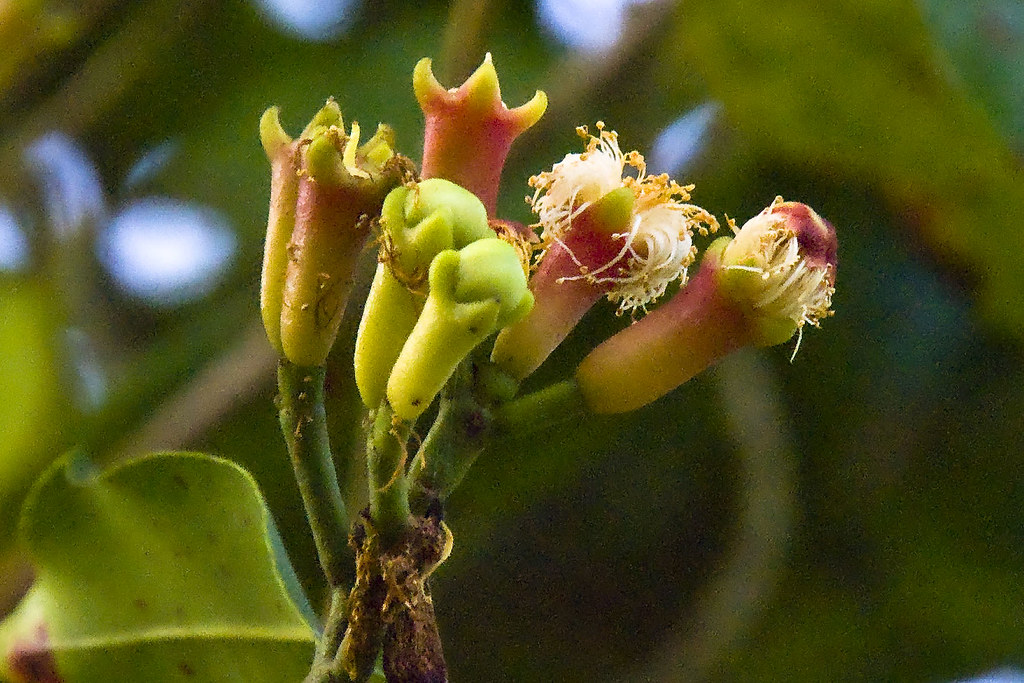
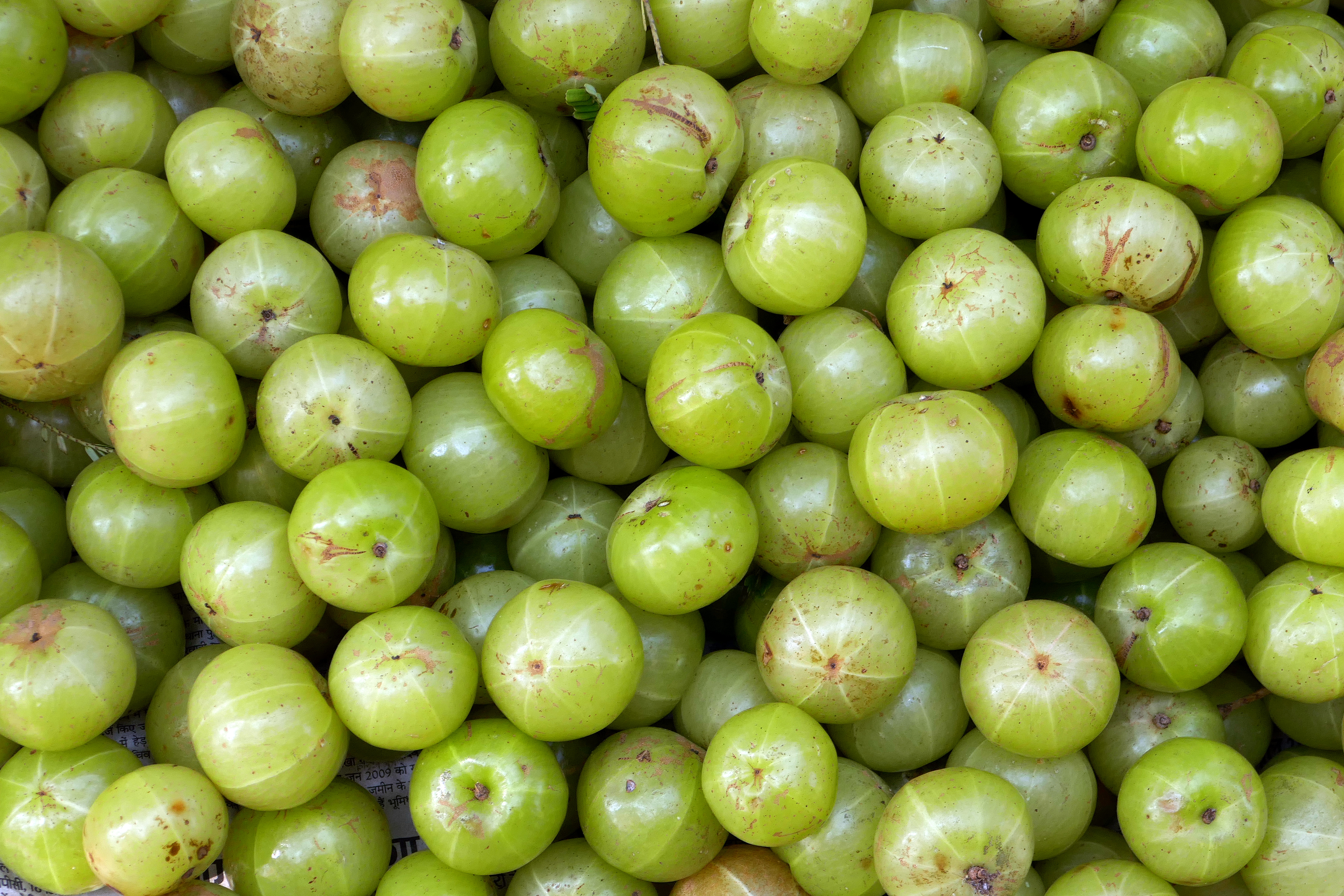
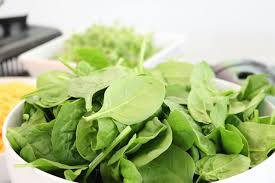
4. HiOra K Toothpaste Ingredients
4.1 Key Herbal and Mineral Constituents
- Potassium nitrate
- Clove (Syzygium aromaticum) extract
- Triphala (a blend of Terminalia bellirica, Terminalia chebula, and Emblica officinalis)
- Spinach (Spinacia oleracea) extract
4.2 Additional Base Ingredients and Their Functions
- Humectants like sorbitol: retain moisture and improve texture
- Calcium carbonate: serves as a mild abrasive for effective plaque removal
- Natural flavoring agents: enhance palatability without synthetic additives
5. Dosage and Administration Guidelines
5.1 Recommended Frequency and Method of Application
- Brush twice daily using a soft-bristled toothbrush.
- Apply a pea-sized amount and gently brush for at least two minutes.
- Do not swallow. Rinse thoroughly after use.
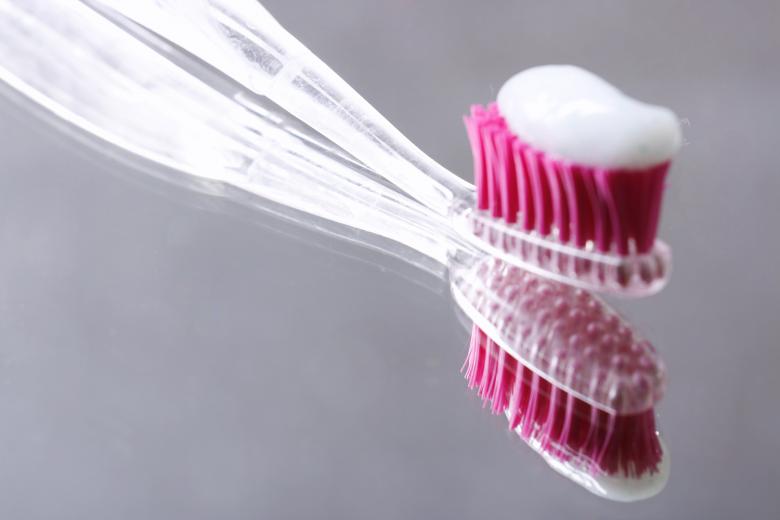
5.2 Duration of Use for Maximum Effectiveness
- Noticeable symptom relief typically begins within 1-2 weeks.
- For long-term gum support and sensitivity prevention, consistent daily use is advised.
6. Potential Side Effects of HiOra-K Toothpaste
6.1 Commonly Reported Reactions
- Mild irritation of the gums or tongue during the initial usage period.
- Temporary alteration in taste perception.
6.2 Rare and Severe Adverse Effects
- Hypersensitivity reactions such as rash, itching, or swelling of the lips and mouth.
- Gastrointestinal upset if accidentally ingested in large amounts.

7. Special Populations and Careful Administration
7.1 Use in Elderly Patients
- Suitable for age-related dentin exposure and gum recession.
- Monitoring for abrasion due to thinner enamel is advised.
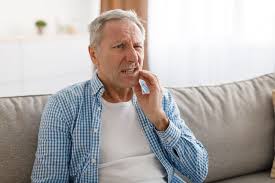
7.2 Administration During Pregnancy and Breastfeeding
- Topical use minimizes systemic absorption, rendering it generally safe.
- Physician consultation is recommended to address individual health concerns.
7.3 Pediatric Administration Guidelines
- Approved for children above 6 years under adult supervision.
- Use a small quantity and ensure proper rinsing to prevent ingestion.
8. Contraindications and Warnings
8.1 Situations Where Use Is Not Recommended
- Individuals with a known hypersensitivity to any listed ingredient.
8.2 Important Cautions During Use
- Discontinue use in case of persistent oral discomfort or mucosal lesions.
- Do not apply on open wounds or post-surgical oral areas without dental advice.

9. Drug and Product Interactions
9.1 Interaction with Other Oral Care Products
- Avoid concurrent use with peroxide-based whitening agents to prevent irritation or chemical interaction.
- Spacing the usage of mouth rinses and this toothpaste is advised for optimal benefit.
9.2 Herbal Interactions with Medications
- Though unlikely due to minimal systemic absorption, caution is advised in users taking anticoagulant medications or herbal supplements like ginkgo or garlic.
10. Important Precautions for Safe Use
10.1 Monitoring Symptoms and Discontinuation Criteria
While Himalaya HiOra-K Toothpaste is generally well tolerated, users should remain vigilant for any signs of adverse reactions. Discontinue use and consult a dentist immediately if the following occur:
- Persistent gum irritation or swelling beyond initial use
- New onset of oral ulcers or mucosal peeling
- Signs of allergic response such as lip or facial swelling
Discontinuation is especially important if symptoms worsen or fail to improve within two weeks of consistent use. Professional dental evaluation is recommended to rule out underlying pathology.
10.2 Oral Hygiene Practices to Complement Use
For best results, HiOra-K should be part of a comprehensive oral hygiene routine that includes:
- Brushing twice daily with a soft-bristled toothbrush using circular motions
- Daily flossing to remove interdental plaque and food debris
- Rinsing with alcohol-free mouthwash, if recommended by a dentist
- Scheduling biannual dental check-ups for professional cleaning and examination
Consistent hygiene practices not only enhance the benefits of HiOra-K but also help prevent recurrence of sensitivity and gum issues.
11. Overdose and Accidental Ingestion Management
11.1 Signs of Overuse or Ingestion
Although intended for topical oral use, unintentional ingestion particularly in children can result in:
- Nausea and mild gastrointestinal upset
- Abdominal cramps or diarrhea
- Bitter or lingering taste sensations
Excessive use beyond recommended amounts may also lead to gum desiccation or minor irritation.

11.2 First Aid and When to Seek Medical Attention
In the event of accidental ingestion:
- Rinse the mouth thoroughly with water
- Encourage the affected individual to drink small sips of water
- Do not induce vomiting unless advised by a healthcare provider
- Monitor for signs of persistent discomfort or unusual symptoms
If symptoms do not subside within a few hours, or if large quantities were ingested, seek medical attention promptly.
12. Storage and Shelf Life Information
12.1 Ideal Storage Conditions
To maintain the potency and efficacy of Himalaya HiOra-K Toothpaste, follow these storage guidelines:
- Store at room temperature between 15°C and 25°C (59°F to 77°F)
- Avoid direct sunlight and excessive heat, which may degrade herbal ingredients
- Keep the cap tightly closed to prevent drying or contamination
12.2 Shelf Life and Expiry Handling
Always check the expiration date printed on the packaging. Expired toothpaste should be disposed of responsibly and should not be used, as ingredient degradation may affect safety and performance. Do not use the product if the tube appears bloated, leaking, or discolored.
13. Handling and Packaging Precautions
13.1 Safe Usage and Hygiene Practices
Ensure hygienic handling of the product by observing the following:
- Do not share your toothpaste tube with others to avoid cross-contamination
- Avoid direct contact of the tube nozzle with the toothbrush or oral surfaces
- Keep out of reach of children to prevent unsupervised use
13.2 Disposal Guidelines
To minimize environmental impact:
- Empty and rinse the tube before disposal if possible
- Dispose of the tube in accordance with local waste management regulations
- Avoid flushing any residual product into drains or water sources
Eco-conscious disposal not only ensures public safety but also aligns with sustainable health practices.
Himalaya HiOra-K Toothpaste sensitive teeth & gums FAQ
- What is HiOra-K toothpaste used for?
- How do you use Hiora?
- Can I leave sensitive toothpaste on my teeth?
- What are the ingredients of HiOra toothpaste?
- Can sensitive gums be cured?
- Is it OK to use sensitive toothpaste everyday?
- What happens if I sleep with toothpaste on my teeth?
- Can you rub toothpaste on sensitive teeth?
- What happens if you use too much toothpaste?
What is HiOra-K toothpaste used for?
For individuals with tooth sensitivity and bad breath, this product aims to alleviate discomfort caused by cold foods or drinks while also aiding in the prevention of infections and gum diseases.
How do you use Hiora?
Squeeze a strip of toothpaste an inch long or 2½ centimeters onto a bristled toothbrush and brush your teeth for at least one minute before spitting out the toothpaste when finished brushing.
Can I leave sensitive toothpaste on my teeth?
It's recommended to allow the toothpaste to rest on your teeth and gum line for a couple of minutes.
What are the ingredients of HiOra toothpaste?
Clove, triphala, spinach
Can sensitive gums be cured?
Yes
Is it OK to use sensitive toothpaste everyday?
Yes
What happens if I sleep with toothpaste on my teeth?
Leaving toothpaste residue on your teeth overnight creates an environment for bacteria to thrive in and raises the chances of developing buildup and gum disease while causing unpleasant breath odor.
Can you rub toothpaste on sensitive teeth?
Yes
What happens if you use too much toothpaste?
Overusing toothpaste may result in fluorosis—a condition that can lead to the formation of spots or streaks on your teeth and irritate your gums, causing redness, swelling, and bleeding.

